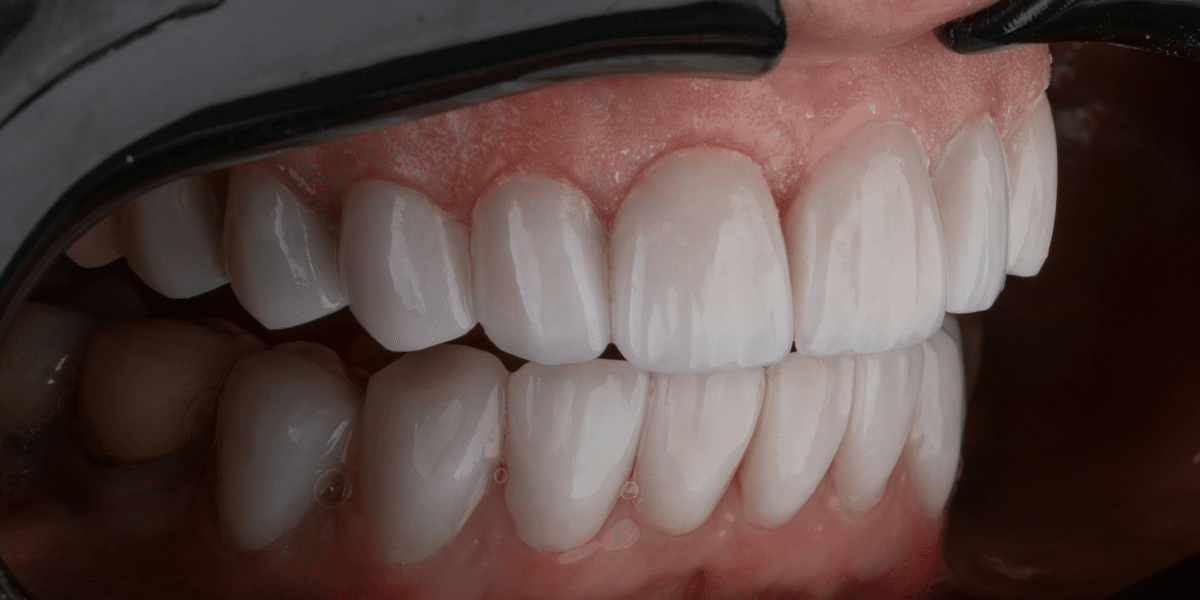Have you ever dreamed of having a flawless smile? In the quest for perfect teeth, options abound. Braces, retainers, and the latest in dental technology assure transformations that go beyond aesthetics.
With each method offering its unique benefits, navigating the choices can seem daunting. Yet, the impact of a confident smile on one’s life is unmistakable.
So, we’ll take a closer look at the different methods for achieving proper teeth alignment and find out which one is right for you. Ready to flash your pearly whites?
Let’s get started!
Traditional Metal Braces
Traditional metal braces are a tried-and-true method for teeth straightening. They consist of metal brackets attached to each tooth, linked by a wire.
Tightening this wire periodically applies pressure to the teeth, gradually shifting them into the desired position. They are also known for their durability and can tackle a wide range of dental alignment issues such as:
- overcrowding
- crooked teeth
- gaps between teeth
While they are the noticeable option, modern advancements have made them smaller and less obtrusive. Patients also enjoy customizing their braces with colored bands, adding a personal touch to their treatment experience.
Despite their visibility, the reliability and cost-effectiveness of metal braces make them a popular choice for achieving a straighter smile.
Ceramic Braces
Ceramic braces work like traditional metal braces but with a twist. They use brackets that are made from ceramic material, which blends with the natural color of your teeth.
This makes them less noticeable than their metal counterparts. Also, the wire connecting the brackets is often tooth-colored, further reducing their visibility.
However, ceramic braces require more attention to oral hygiene as they can stain easily if not properly cared for. Despite this, their aesthetic appeal makes them a favored choice for those who wish to maintain a natural look during treatment.
Lingual Braces
Lingual braces offer a unique approach as they are placed behind the teeth. They function in a similar way to traditional metal braces, but their placement makes them virtually invisible from the front.
However, their placement presents a steeper learning curve for speaking and may cause initial discomfort to the tongue. They are also more challenging to clean and may require more frequent visits for adjustments.
Plus, they are a more expensive option compared to traditional braces. Nonetheless, for those looking for a discreet treatment option, lingual braces are worth considering.
Invisalign Clear Aligners
Unlike braces, these aligners are removable, making it easier to eat, brush, and floss. You’ll receive a new set of Invisalign every few weeks, gradually moving your teeth toward their optimal position.
They are practically invisible, making them a preferred choice for those who want to avoid the look of traditional braces. It requires dedication, as the aligners must be worn 20 to 22 hours a day for the results.
They are suitable for smile correction, but may not be the best option for more severe cases.
Self-Ligating Braces
Self-ligating braces use a specialized clip in place of elastics to hold the wire. This clip helps reduce the amount of pressure being placed on the tooth.
The design allows for more freedom of movement,f resulting in fewer adjustments. They come in metal or clear options, making them versatile for different patient preferences.
One key benefit is easier cleaning due to the absence of elastics. They are known for possibly reducing treatment time because of their efficient teeth movement.
Yet, they can be more expensive than traditional braces. Despite the cost, their comfort and effectiveness make them a good choice for many seeking teeth alignment solutions.
Ceramic Aligners
Ceramic aligners are a cool way to straighten your teeth. They’re clear, you can take them out, and they work like braces but aren’t as noticeable.
They fit tight over your teeth and slowly move them to the right spot. Plus, they don’t get stained easily by things like coffee or wine. Yet, patients must wear them 20 to 22 hours daily for optimal results.
But you can remove them to eat, brush, and floss. This feature makes them a popular choice for those seeking orthodontic treatments without compromising their lifestyle.
Damon Braces
Damon braces are a modern take on teeth alignment. They are self-ligating, meaning they use a slide mechanism to hold the wire. This system reduces friction and pressure, making the adjustment process smoother and more comfortable for the patient.
Unlike traditional braces, they do not require elastics. This means they are less noticeable and easier to clean. They also come in both metal and clear versions, catering to those who prioritize aesthetics.
Not only that! Damon braces have a faster treatment time and require fewer visits to the orthodontist. This efficiency is due to its design, which promotes natural tooth movement without frequent tightening.
Moreover, they are suitable for patients of all ages and can address a wide range of dental alignment issues.
Retainers
Retainers are commonly used after braces or aligners to maintain the results of teeth straightening. They hold the teeth in their new position, preventing them from shifting back to their original place.
They can be fixed or removable and must be worn as directed to ensure long-lasting results. There are also different types of retainers available such as:
- Hawley retainers
- Essix retainers,
- bonded retainers
Each type has its unique features, but they all serve the same purpose of maintaining proper teeth alignment.
Dental Veneers
Dental veneers are thin, custom-made shells designed to cover the front surface of teeth. They are made from porcelain or resin composite materials.
Porcelain veneers resist stains better than resins. They also mimic the light-reflecting properties of natural teeth and fix problems like discolored, worn, chipped, or uneven teeth.
On the other hand, resin veneers are thinner and require less tooth enamel removal. They are ideal for minor cosmetic dental issues such as slight misalignment.
For individuals considering these cosmetic enhancements, consulting with a qualified professional like this dentist in Rochester, NY can provide personalized advice and treatment options. This will ensure the results for achieving the smile you’ve been dreaming of.
Tips for Achieving Proper Teeth Alignment
Achieving a picture-perfect smile is a journey, not a destination. With the array of options available, your dream smile is within reach. Remember, it’s never too late to start your path toward proper teeth alignment.
We encourage you to consult with a dental professional to help choose the right treatment for you. Take the first step towards a confident, radiant smile today!
Did you find this article helpful? Check out the rest of our blog now!
Published by: Martin De Juan

















